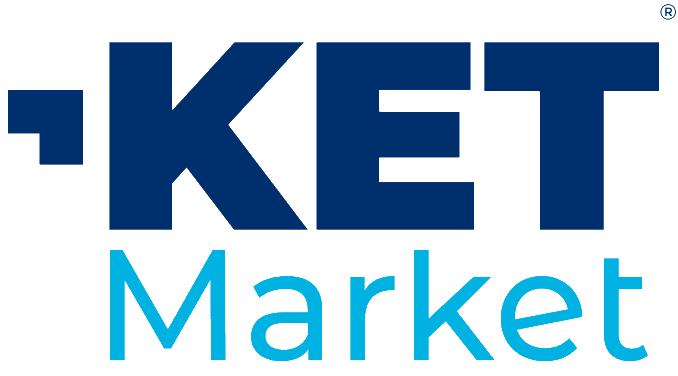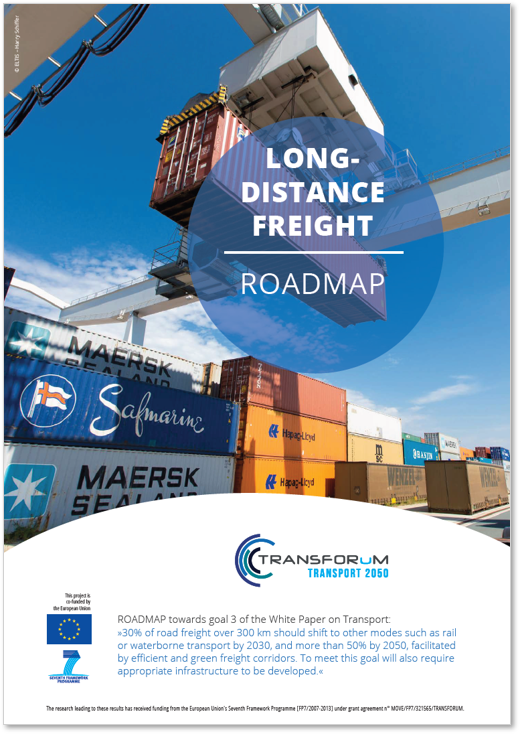The TRANSFORuM project, funded under the EU’s 7th Framework Programme (FP7), produced a comprehensive policy roadmap aimed at achieving the European Commission’s White Paper goal: shifting 30% of road freight over 300 km to rail or waterborne transport by 2030, and 50% by 2050. This target is part of a broader aim to reduce greenhouse gas emissions and improve the efficiency and sustainability of Europe’s transport system.
The roadmap highlights three core strategies essential for achieving the modal shift:
-
Enhancing competitiveness of rail freight through service quality improvements, cost reduction, and capacity expansion.
-
Boosting the attractiveness of waterborne transport by optimizing logistics, improving terminal operations, and reducing fuel consumption.
-
Establishing a level playing field via internalization of external costs and enforcement of regulations across transport modes.
Key Technologies and Innovations
For rail freight, innovation focuses on:
-
Rail deregulation to foster competition and efficiency.
-
Multimodal and international rail corridors with harmonized infrastructure and operational standards (e.g., ERTMS signaling).
-
Smart intermodal systems such as the ContainerMover by InnovaTrain AG, allowing horizontal transshipment in minimal time.
-
Advanced wagon designs and automated terminals to enable efficient short-stop container transfer under overhead wires.
-
Real-time information systems for both service availability and tracking consignments.
Capacity enhancement is another focal point. The implementation of longer and heavier trains (e.g., 1,500m in France), higher axle loads, and faster freight services are emphasized. These changes could increase capacity by up to 3–4 times and significantly lower costs per tonne.
In waterborne transport, innovations target:
-
Route optimization and automation in ports to save time at sea and during docking.
-
Electronic data interchange (EDI) and integrated freight information platforms to streamline documentation and boost punctuality.
-
Terminal automation using Automatic Guided Vehicles (AGVs) to reduce labor and increase throughput.
-
Port-hinterland rail and barge connections, as seen in Duisport (Germany) and Railport Scandinavia (Sweden), which cut transport costs by 5–10%.
-
Cleaner fuels and ship designs, especially to comply with sulphur emission regulations, are being promoted to cut emissions and operational costs.
The roadmap recognizes the growing impact of e-commerce, containerization, and urbanization trends, all of which affect freight patterns and volumes. The rise in collaborative logistics and sharing economy models could also influence demand and modal choices.
Regional and Policy Considerations
The roadmap stresses the importance of tailoring strategies to specific corridors and regions, considering differing infrastructure and economic conditions. Two illustrative cases—the Rhine-Alpine Corridor and the Netherlands–Poland route—are used to demonstrate practical applications of the roadmap and forecasted capacity demands.
For Central and Eastern Europe, the roadmap identifies huge potential for development, given the strategic position of these countries and existing but underutilized rail and inland waterway networks. However, financial limitations and infrastructure deficits pose major challenges.
Policy Packaging
Recognizing the limitations of isolated measures, the roadmap proposes two comprehensive policy packages:
-
Package A: Efficient Use of Existing Infrastructure
-
Includes better bundling of goods, deregulation, improved terminals, and strict enforcement of road freight rules.
-
Emphasizes cost-effectiveness and fast implementation.
-
-
Package B: Large-scale Infrastructure Investments
-
Focuses on building new rail tracks, upgrading terminals, and expanding ports.
-
Targets long-term transformation, especially where existing infrastructure is inadequate.
-
These packages combine push measures (e.g. taxes on road freight) and pull measures (e.g. investment in green infrastructure), drawing on successful examples such as Switzerland’s heavy vehicle fee and reinvestment in Alpine rail tunnels.
Conclusion
The TRANSFORuM roadmap concludes that the White Paper’s freight targets are challenging but achievable. They require:
-
Coordinated actions among stakeholders;
-
Comprehensive policies combining infrastructure, regulation, and market mechanisms;
-
Region-specific implementation plans;
-
Ongoing innovation in technology and logistics management.
The roadmap emphasizes that clear milestones and shared responsibility are essential to ensure progress, and that both national and EU-level action are critical for success.

